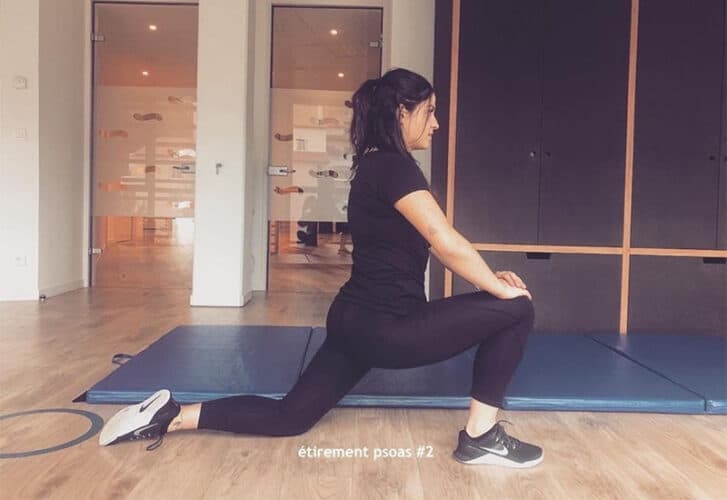Treatment of back and spinal disorders: sciatica, scoliosis, and others
The pathologies of the trunk and spine are numerous and can include kyphosis, scoliosis, sciatica, lumbago and many others. They are the cause of disorders in a large part of the population, in fact back pain is the leading cause of disability in France before the age of 45. One of the main back problems is sciatica.
Sciatica is now a public health problem with a major economic and social impact. Let's see how to differentiate it from true sciatica and what actions can be taken to reduce the pain associated with it.
The sciatic nerve is the cause of pain that can occur in the gluteal area and from the back of the thigh to the foot.
Pain in the path of the sciatic nerve is called sciatica and can occur in all or only part of the nerve path.
Sciatica is to be distinguished from sciatica, which is a compression of one or more nerve roots.
Causes of sciatica can include herniated discs and disc disease.
While minor intervertebral disturbances, muscle imbalances and postural disorders can lead to sciatica.
To deal with these difficulties, Allyane practitioners will first of all stretch to release muscular tension, and a postural assessment may also be carried out. Allyane's general and specific relaxation protocols will greatly facilitate this work.
Allyane mainly helps patients by recruiting muscles that are disaffected and lead to postural disorders, pelvic imbalances, muscular compensations, etc., thus allowing a quicker and longer lasting return to functional mobility.
Would you like to find out more about these pathologies, how to treat them or make a diagnosis? Click here to contact our team.
Advice from Charlotte Rieu, osteopath and certified Allyane practitioner
Here are a few strengthening and stretching exercises to help you in your rehabilitation. And don't forget your postural assessment.




Source:
- Kamina human anatomy atlas lower limb volume
- sciencedirect.com
- chiropratiquesillery.ca
- chu-rouen.fr
